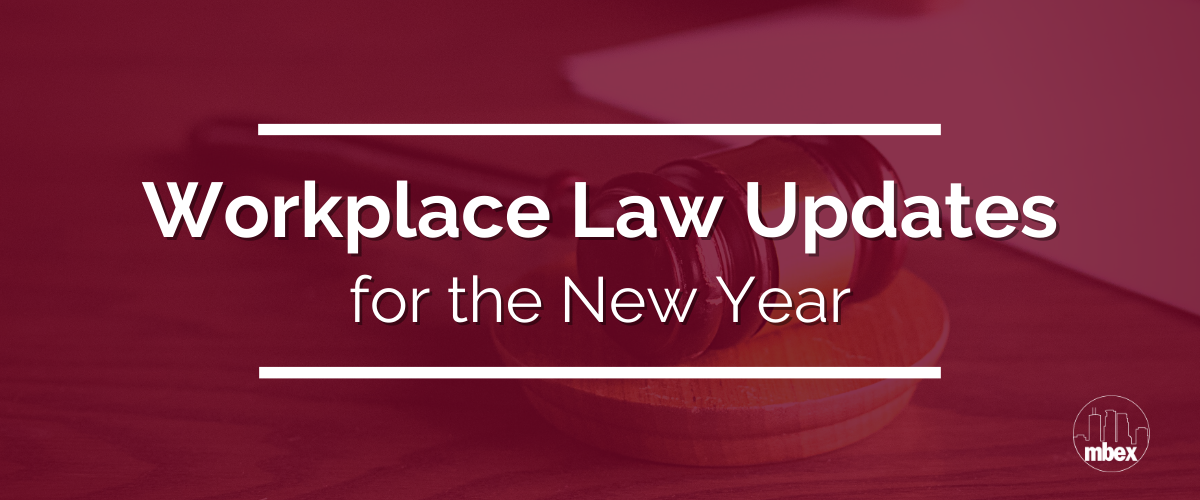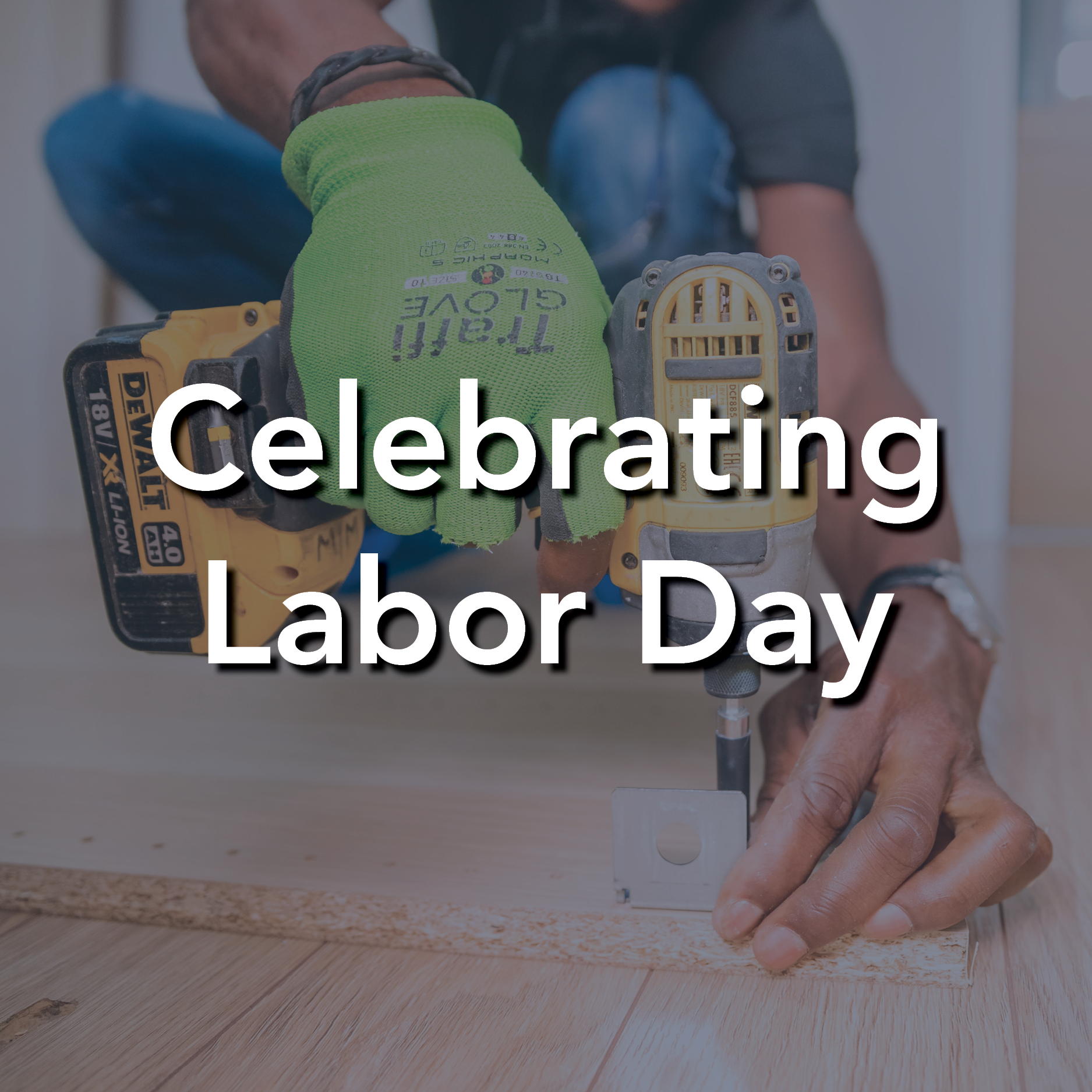Workplace Law Updates for the New Year

Article updated 12-28-2023
A number of important workplace updates have been put in place via the Minnesota Department of Labor and Industry (DLI) over the past few months and quite a few go into effect in the new year. We've gathered them here for commercial constructors to review and take action as needed.
EARNED SICK AND SAFE TIME
Minnesota's earned and sick and safe time (ESST) law goes into effect January 1, 2024. The DLI continues to add resources and materials to help employers comply with the new law.
Resources recently added include new ESST FAQs, a recorded webinar presentation, an outreach toolkit for organizations and individuals who would like to help build awareness about the ESST law, and a sample employer notice that must be provided by employers to employees starting by January 1, 2024 when the ESST law goes into effect, and an ESST workplace poster (available in 18 languages).
MINIMUM-WAGE RATE
Effective January 1, 2024, Minnesota's minimum-wage rates will increase from $10.59 to $10.85 an hour for large employers and from $8.63 to $8.85 an hour for other state minimum wages.
Learn more about minimum-wage rates.
PAY-HISTORY BAN EFFECTIVE JANUARY 1, 2024
Employers in Minnesota may no longer ask a job applicant about their pay history beginning January 1, 2024. This law is being implemented, overseen, and enforced by the Minnesota Department of Human Rights.
NEW EMPLOYEE NOTICES
Veterans Benefits and Services
• All employers with more than 50 full-time employees are required to display this poster in a location where employees can easily see it. Required as of January 1, 2024
Earned Sick and Safe Time
• All employers must provide this notice to each of their employees by January 1, 2024 or at the start of employment if employment starts after January 1, 2024. Employers that have an employee handbook must include the notice in the handbook. Required as of January 1, 2024
Nursing Mothers, Lactating Employees. and Pregnancy Accommodations
• All employers must provide this notice to each of their employees at the time of hire and when an employee makes an inquiry about or requests parental leave. Required as of July 1, 2023
Employer-Sponsored Meeting or Communications
• All employers must post notice of employees' rights under this law by August 31, 2023. State law prohibits from taking or threatening to take any adverse employment action against employees who decline to attend employer-sponsored meetings concerning religious or political matters. Last updated August 2023
Minimum Wage Rates
• All employers are required to display this poster in a location where employees can easily see it. Last updated October 2023
How to get the above mentioned poster notices?
1.) Download and print the posters individually or in a five-poster PDF file. Posters fit on 8.5" x 11" paper.
2.) Order posters online.
3.) Email a request to dli.post@state.mn.us with a business name, contact name, mailing address, phone number and the name and amount of each poster needed.
4.) Order posters by phone at (651) 284-5042. When ordering, include a contact name, mailing address, phone number, and the name and amount of each poster needed.
NOTICE OF CORRECTION TO PREVAILING-WAGE RATES
Affects highway and heavy regions
The commissioner of the Minnesota Department of Labor and Industry certified prevailing-wage rates for highway and heavy construction projects in all 10 Minnesota regions November 20, 2023.
This notice regards a correction to the rates for Region 2 (Job Code Group 306), Region 3 (Job Code Group 304), and Region 7 (Job Code Group 304). This correction is for all public works highway and heavy contracts advertised for bid on or after this date.
The revised wage rate determinations and all other wage rate determinations are available online.
UPDATE ADDED DECEMBER 28, 2023
The Department of Labor and Industry (DLI) commissioner has certified prevailing-wage rates for commercial construction projects in all 87 counties, effective December 26, 2023.
These rates were identified by annual voluntary survey of commercial construction projects in Minnesota collected by DLI.
See wage-rate determinations on DLI's website here.
NOTICE OF TRUCK RENTAL RATE CERTIFICATION
The commissioner of the Minnesota DLI has announced a certification of minimum truck rental rates for state-funded construction projects in Minnesota.
The new rates are effective Monday, December 18, 2023. View the minimum truck rental rates here.
NEWS RELEASE
DLI seeks $2.4-million in back wages and liquidated damages in enforcement action against construction contractors
Minnesota's DLI has initiated a contested case against Property Maintenance & Construction LLC and Property Maintenance and Construction Inc (PMC) and Advantage Construction Inc (Advantage) by filing a Notice and Order for Hearing at the Office of Administrative Hearings. In the notice, DLI alleges PMC and Advantage failed to pay workers as required by law, resulting in back wages owed in the amount of approximately $1.2-million and an additional equal amount of approximately $1.2-million as liquidated damages.
DLI's investigation of PMG and Advantage uncovered widespread wage theft and related unlawful practices on 19 separate construction projects, including the Viking Lakes project in Eagan, Minn., during its investigative audit period of March 4, 2019, to June 5, 20222. DLI identified 25 employees that it alleges were jointly employed by PMC and Advantage and had not been paid the wages they were due, including overtime wages. DLI's findings include that many employees were paid off the books and in cash for a substantial portion for their employment and were not provided with earning statements as required by law.
DLI also alleges the violations were willful. As described in the notice, PMC's owner displayed knowledge of overtime laws while flouting them and refusing to pay workers the overtime wages they were owed. Additionally described in the notice, the owner discouraged workers from reporting violations of the law and participating in DLI's investigation. As a result, DLI imposed a civil penalty of $25,000 for these willful violations of the law. Read the full press release here.











